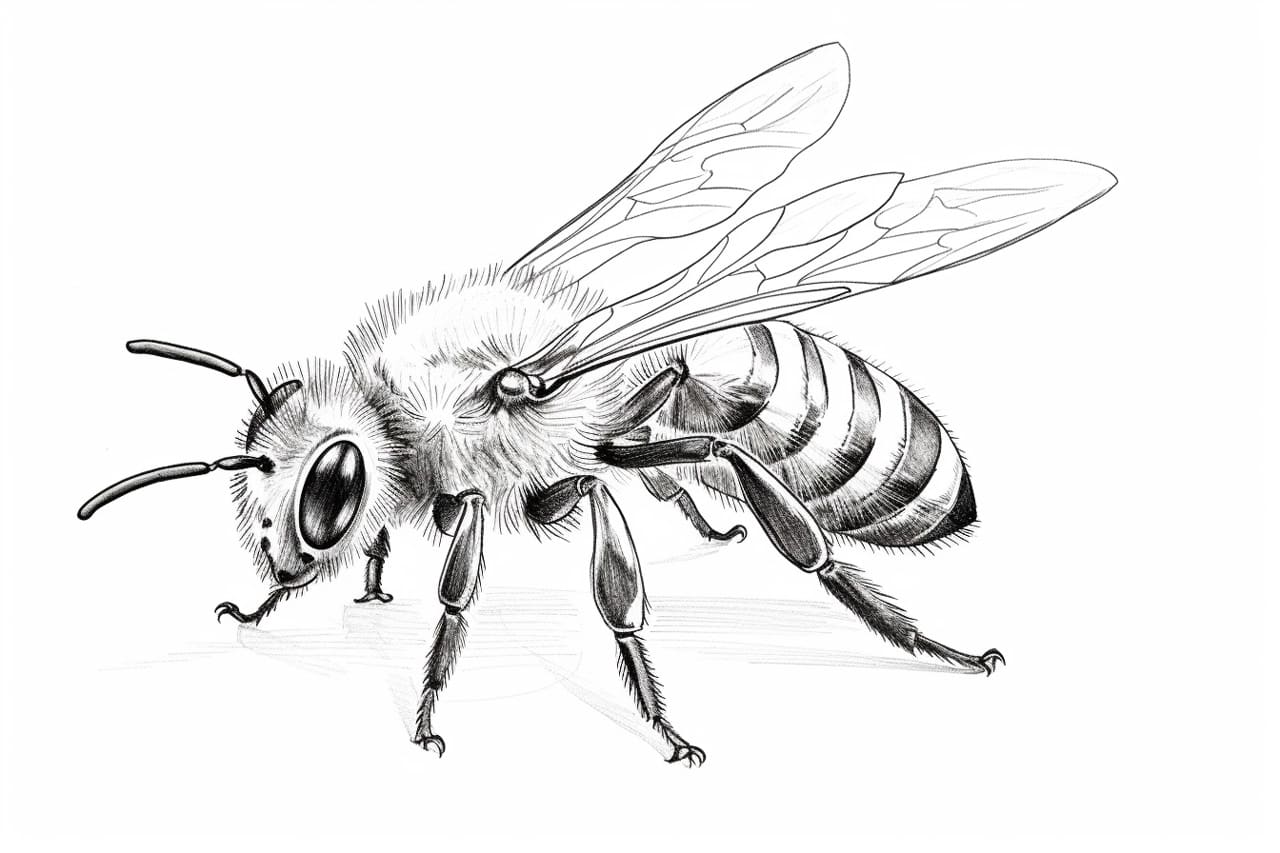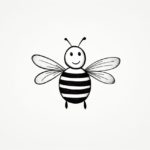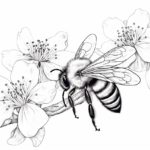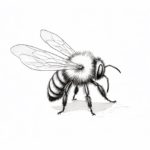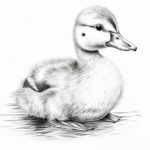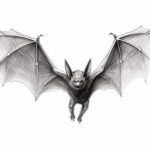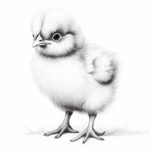Welcome to this step-by-step guide on how to draw a bee! Whether you are a beginner or an experienced artist, this tutorial will walk you through the process of creating a realistic and detailed bee drawing. Bees are fascinating creatures known for their intricate patterns and vibrant colors, making them a great subject for any art project. So grab your paper and pencil, and let’s get started!
Materials Required
Before we dive into the steps, let’s gather the materials you will need:
- Drawing paper or sketchbook
- Pencils (HB, 2B, 4B, and 6B)
- Eraser
- Blending stump or cotton swabs
- Fine-tip black pen or marker (optional)
Now that you have everything ready, let’s begin the process of drawing a bee!
Step 1: Basic Shapes
Start by sketching the basic shapes that will serve as a foundation for your bee drawing. Begin with an oval shape for the body and add a smaller circle on top for the head. Remember to keep these shapes light and simple, as they will act as guidelines for positioning the bee’s features.
Step 2: Wings
Next, draw the wings on either side of the bee’s body. Bee wings have a distinct and delicate structure, resembling a series of connected curves. Begin by sketching two curved lines extending from the bee’s body, meeting at a point at the top. Then, add smaller curved lines within each wing, creating a feather-like pattern.
Step 3: Eyes and Antennae
Move on to the bee’s face by drawing two large oval shapes for the eyes. Position them towards the front of the head, and leave some space between them. Inside each eye, draw a smaller oval for the pupil. Above the eyes, add two thin, curved lines for the antennae.
Step 4: Stripes and Abdomen
Now, let’s add some stripes to the bee’s body. Draw several horizontal lines across the oval shape of the bee’s abdomen, leaving a small gap between each line. Bees typically have a striped pattern with alternating shades of black and yellow or orange, so keep this in mind while sketching.
Step 5: Legs and Feet
To complete the body, draw six thin and segmented legs extending from the bee’s abdomen. Each leg should have three parts, getting narrower towards the end. At the end of each leg, draw small ovals for the bee’s feet or claws.
Step 6: Details and Texture
Now that the basic structure of the bee is complete, it’s time to add some details and texture to make it look more realistic. Start by refining the shapes and lines of the bee’s body, making sure to define the curves and contours. Add small lines and curves along the stripes to give them a textured appearance.
Step 7: Shadows and Shading
To create depth and dimension in your bee drawing, it’s important to add shadows and shading. Identify the direction of the light source and imagine where the shadows would fall. Use a darker pencil, such as 4B or 6B, to lightly shade the areas that would be in shadow. Gradually build up the darkness, blending the shading with a blending stump or a cotton swab for a smooth transition.
Step 8: Final Details
To add the finishing touches, focus on the finer details of the bee’s face. Darken the eyes by adding shading around the pupils, giving them a sense of depth. Add tiny strokes to accentuate the texture of the wings. Take your time to refine any lines or shapes that need extra attention.
Conclusion
Congratulations, you’ve successfully learned how to draw a bee! Following these step-by-step instructions, you can create a realistic and detailed bee drawing from start to finish. Remember, practice is the key to improving your drawing skills, so keep going if your first attempt could be better. Keep honing your skills and exploring new techniques to bring your artwork to life. Enjoy the process, and let your creativity soar!
Fun Facts About Bees
- Hive Hierarchy: Within a beehive, there are three types of bees: the queen, drones, and worker bees. The queen is responsible for laying eggs, drones mate with the queen, and worker bees perform various tasks to maintain the hive.
- Incredible Navigation: Bees have an extraordinary ability to navigate. They use the sun as a compass during the day and can even navigate by polarized light on cloudy days. Additionally, they communicate the location of food sources to other bees through a sophisticated dance known as the waggle dance.
- Productive Pollinators: Bees are crucial pollinators, facilitating the reproduction of flowering plants by transferring pollen from male to female flower parts. This process is essential for the production of fruits, vegetables, and seeds.
- Remarkable Memory: Despite their small size, bees have impressive memory capabilities. They can recognize specific flower types and remember their locations, allowing them to efficiently forage for nectar and pollen.
- Winged Architects: Honeybees construct intricate hexagonal wax cells within their hives to store honey, pollen, and eggs. This hexagonal shape maximizes storage space while minimizing the amount of wax required.
- Temperature Regulation: Bees are capable of regulating the temperature within their hive. During hot weather, worker bees collect water and spread it throughout the hive to cool it down. Conversely, they generate heat by vibrating their flight muscles during colder temperatures to maintain warmth.
- Collective Decision Making: When a colony outgrows its current hive, scout bees search for suitable new locations. Once a potential site is found, scout bees return to the hive and perform recruitment dances to convince other bees to inspect the site. Through this collective decision-making process, the colony selects the best location for a new hive.
- Royal Diet: The queen bee is fed a special substance called royal jelly throughout her life, which allows her to grow larger and live longer than other bees in the hive. Royal jelly is secreted from glands in the heads of worker bees.
- Pollination Partnerships: Some plants have evolved specialized relationships with certain species of bees. For example, orchids often have unique adaptations to attract specific bee pollinators, such as intricate flower shapes or fragrances.
- Diverse Bee Species: Bees come in various shapes, sizes, and colors. While honeybees are the most well-known species, there are thousands of other bee species worldwide, each with its unique characteristics and behaviors.

